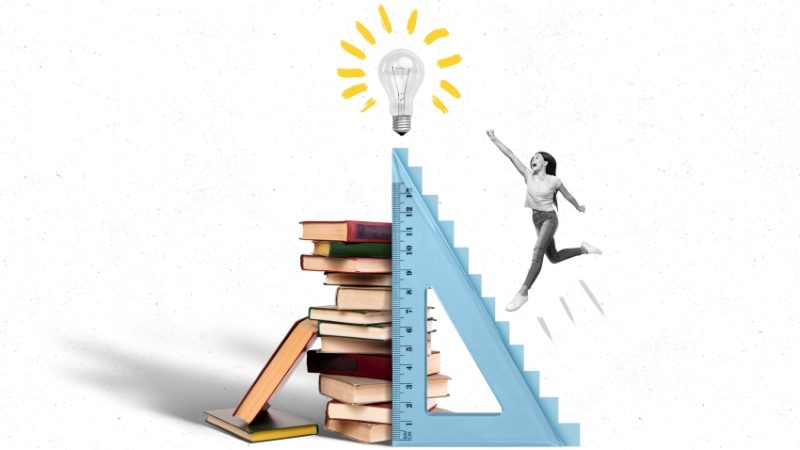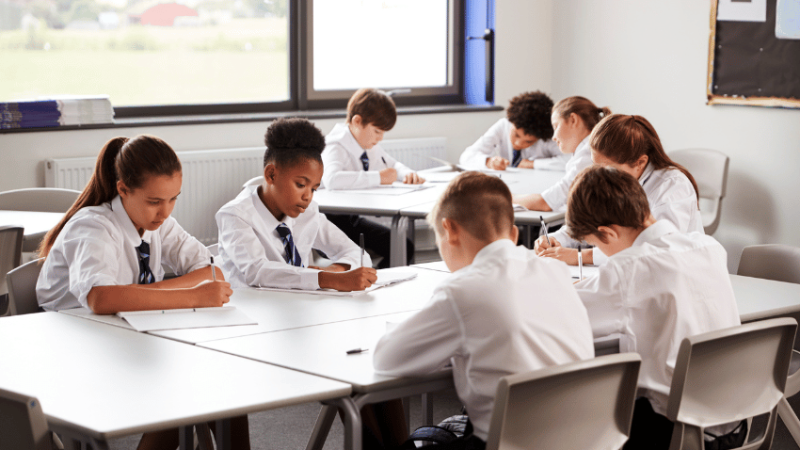Five Educational Theorists Who Changed My Teaching

A dash of Wollstonecraft, a touch of Illich and a dollop of Dweck – how would you describe your classroom style?

Russell Grigg reflects on the educational ideas that formed his thinking
1. Chairman of the bored
As a student I read the book How Children Fail three times in one week!
This diary-style text was written by John Holt, a teacher from Boston, who in those days was my greatest inspiration.
He suggested that most children ‘fail’ at school because they are afraid, bored or confused. In my first teaching posts I tried to apply his advice as much as possible (other than his de-schooling sympathies, which I disagreed with), especially on moving away from ‘answer pulling’.
One strategy I found helpful was to bring in objects and leave them on a table without any introduction, waiting for someone to say: ‘What’s that? What’s it for? Whose is it? How does it work?’.
2. Riddle me this
As an NQT I wanted to develop creative spaces in which children could think, so I was attracted to Edward de Bono’s ideas about lateral thinking and how creativity could be taught.
My classroom had lots of puzzles, challenges and riddles such as: ‘A man rode into town on Monday. He stayed for three nights and then left on Monday. How was this possible?’.
(If you’ve not heard this before, ‘Monday’ is the name of his horse.)
3. Man in the mirror
As my career progressed I found, as most of us do, that good teachers are reflective.
There is much written on this subject, though I found Stephen Brookfield’s model the most practical.
He suggests that any classroom incident can be seen through four different lenses: how we see it as a teacher; the perceptions of learners; the viewpoints of colleagues; and findings from relevant research.
Where a school has effective peer observation, applying Brookfield’s model can soon reveal blind spots.
Personally, this included a style of ‘machine-gunner’ questioning – it was only when I watched a video with a colleague that I realised the number and frequency of questions I asked didn’t give children sufficient space and time to think.
4. Stimulating simulations
When I moved into higher education, I came across the work of Howard Barrows.
He was a professor of medicine who wanted to improve the clinical training of doctors through Problem-Based Learning (PBL), where students collaborate in small groups to make sense of complex, open-ended issues.
I soon introduced PBL into the teacher education courses I led.
Although many students are initially nervous, most respond well to the opportunity to engage in real-life scenarios, such as interpreting and presenting data to school governors or responding appropriately to an irate parent, and to develop skills not prominent in initial teacher training.
5. Impossible homework
In my current role researching equity issues in education I have reflected a great deal on the writings of the sociologist Basil Bernstein.
I used to agree with his mantra that ‘education cannot compensate for society’ reasoning that however good a teacher I become, I will never make up for the deprivation experienced at home by some pupils.
When I revisited Bernstein, I found his argument more nuanced than I first thought – he was actually referring to specific pre-school programmes such as Project Headstart, arguing that most disadvantaged children attended schools that did not offer high-quality education.
We now know through the likes of the Sutton Trust that good teachers and school leaders can make a significant difference in narrowing the achievement gap. (Just read about the success of the London Challenge.) But teachers are not miracle workers, and parents, employers and the wider community play a key role in addressing inequalities.
Russell Grigg’s latest book, Big Ideas in Education: What Every Teacher Should Know discusses those behind the development of a dozen key ideas in education and what this means for teachers.











